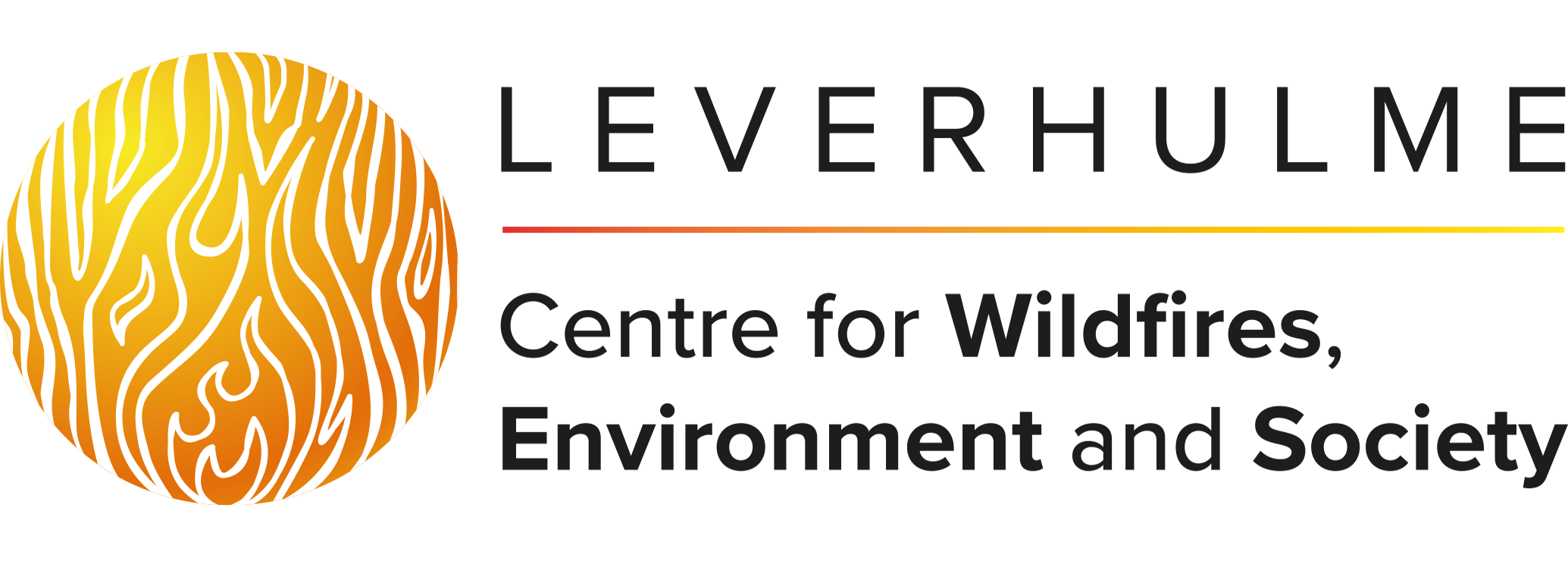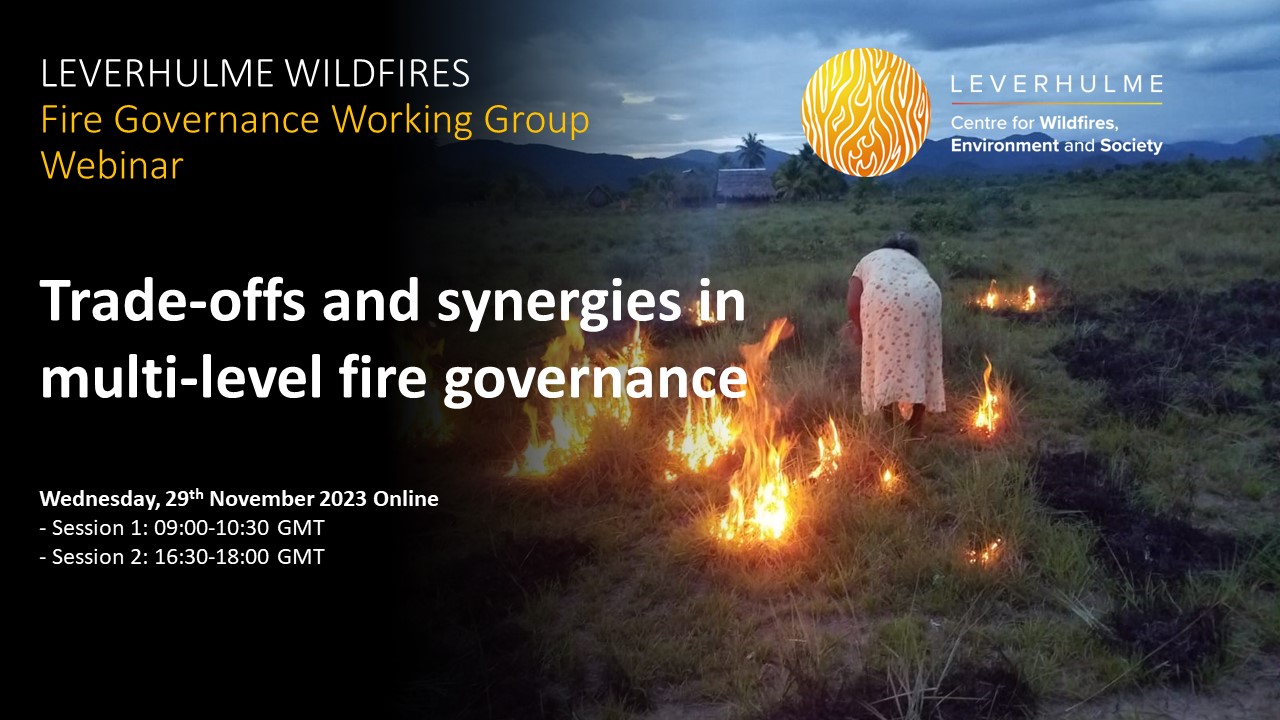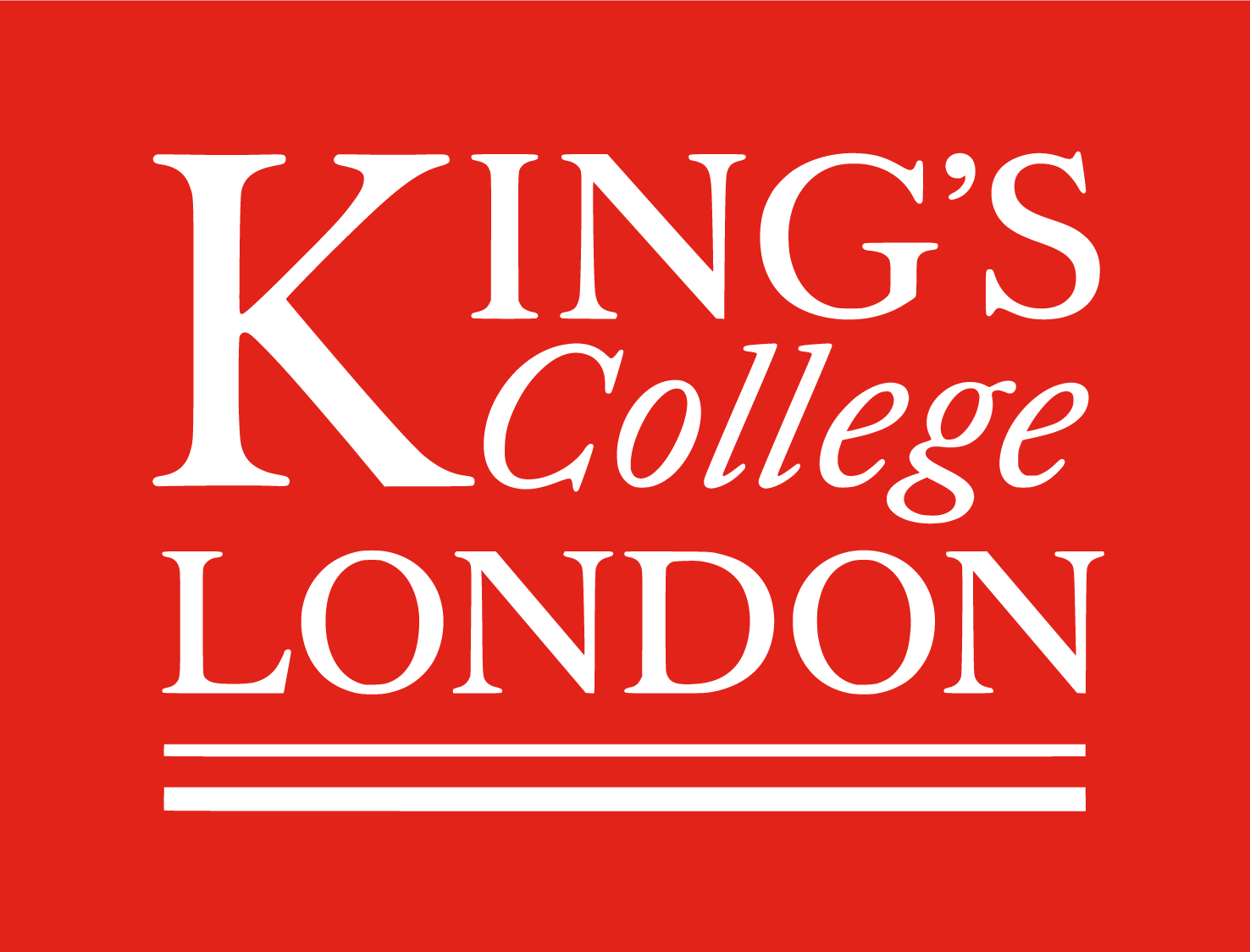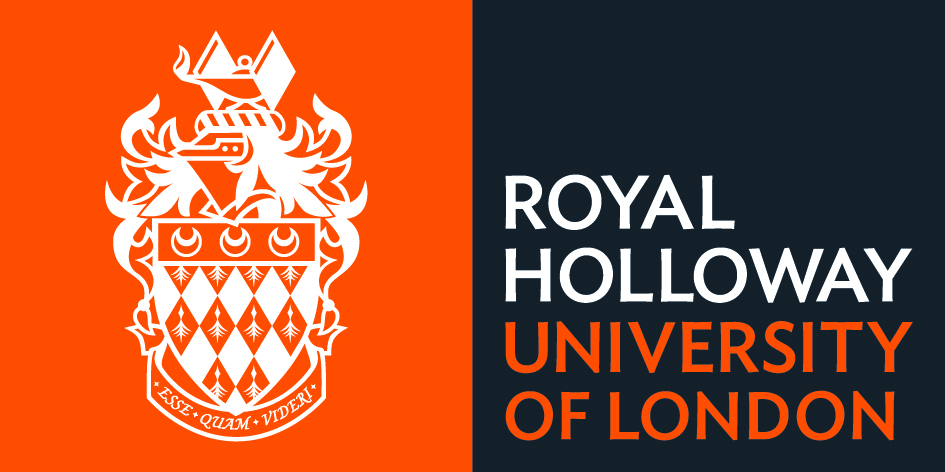Policies and perspectives influencing the governance of fire vary around the world. Over past centuries colonial and post-colonial states have suppressed burning activities to varying degrees and many continue to do so in a variety of ways. But in recent decades there has been growing recognition of the importance of Indigenous burning practices, and some state agencies have begun partnering with local fire users for land management. Differing agendas, aspirations and needs between communities mean that whether fire is excluded or embraced, its governance often demands trade-offs. For example, where some will see timber and carbon sequestration, others see a tinder box that provides neither subsistence nor spiritual value. Elsewhere synergies may be possible, such as Indigenous fire management simultaneously fulfilling local cultural objectives and wider aims such as promotion of ecological biodiversity.
To explore these issues, in late 2023 the Fire Governance Working Group invited contributors from regions around the world to share their experience and knowledge in an online workshop. We set out to address some key questions:
- What are the local motivations and/or tensions for fire use or management in different regions around the world?
- What are the factors facilitating synergies in fire governance across multiple levels of organisation?
- What are challenges to fire governance, producing trade-offs between stakeholder aspirations?
We are very grateful that seven speakers (see full list below) from Australia, southern Africa, Europe, South America and North America were willing to present and discuss their work with other international participants. Given its global reach, the workshop was split over two time-separated sessions to facilitate multiple timezones (meaning not all participants could contribute to both sessions). Watch the video recording of the presentations and discussion to see all the important and interesting points made and examples presented. Here we briefly summarise some of the highlights that we as organisers took away from the event.
Differing Agendas and Motivations
Indigenous rights to land and self-determination are recognised to different degrees in different locations. For example, Amy Cardinal Christianson highlighted that (in 2021) the Canadian Government passed the United Nations Declaration on the Rights of Indigenous Peoples Act, recognising the need to respect and promote the inherent rights of Indigenous peoples and especially their rights to their lands, territories and resources. In this context, organisations like Parks Canada now explicitly set out to support Indigenous-led cultural burning. Yet, as Fransico Seijo highlighted, in Spain fire use is now widely suppressed and some managers struggle even to comprehend the idea of using prescribed fire, and Bibiana Bilbao highlighted that fire exclusion has been the main state management paradigm in Venezuela for decades, creating a ‘permanent conflict’ with Indigenous communities that burn culturally.
This is not to say that all is well in locations where rights are formally recognised and that all is bad in areas where they are not. Power imbalances still exist. But these examples do highlight how the contexts of partnership and mechanisms of governance across levels and between communities vary widely. We also heard how local research and contextual understanding can be at odds with external agendas in the design of multi-level governance. For example, Glynis Humphrey highlighted how integrated fire management terminology in Namibia is absent from national and fire science reports and only really found in NGO and local reports.
The Importance and Challenge of Partnerships
A recurring theme across the presentations was the importance and challenge of establishing partnerships between state institutions and local stakeholders and communities. Often, funding for local projects comes from higher-level sources but is for a fixed duration, making it difficult to sustain activities that enable knowledge-building across types and levels of organisation.
In Australia, Timothy Neale highlighted experiments in creating forums where Indigenous leaders meet with state leaders to move local discussions up to the state level. And Teagan Calnan talked about the hard work needed to connect multiple short-term funds, for example by the Indigenous Land and Sea movement, and the struggle it took for Indigenous groups in Australia to be paid for community welfare to manage their lands.
Similarly, Amy talked about the employment of Indigenous communities by state institutions to do environmental management work, aiming for sustainable, year-round work, not just seasonal work fighting out-of-control fires. Contributions of Indigenous leaders to the Indigenous Fire Circle – a partnership with Parks Canada to advise on things such as prescribed burning and to identify opportunities for Indigenous-led cultural burning – is compensated financially. Initiatives like these are important to ensure positive interactions, given how “Indigenous peoples’ experiences of sharing their knowledge have frequently been negative and exploitative”.
Differing and Changing Perspectives
The challenge of sustainable and non-exploitative partnerships also extends to whether Indigenous peoples are co-opted into implementing plans passed down from higher levels (such as the state) versus being given the right to burn as they wish. The difference in approach might partly be about retaining power (by the state), but also be about differences in perspectives.
Trust, confidence, patience and humility were cited as important qualities needed to overcome differences in perspective and engender change. Bibiana described the intercultural and participatory fire management process that has been pursued in regions of Venezuela to promote a change of paradigm away from fire exclusion and to overcome stigmatisation of Indigenous fire. The use of solution-based negotiation via an interlocutor helped generate trust and confidence between the participants. By seeking common objectives – primarily mitigating the effects of climate change, which cannot be achieved by Park managers or Indigenous communities alone – the process worked towards beneficial outcomes for all.
And sometimes we might need to accept that differing perspectives mean that outcomes, despite being beneficial, may not be as expected. Frank Lake talked passionately about this point for California,
“The colonial notion is that for fire we’re re-establishing ‘natural ecological disturbance regimes’. No, we’re re-establishing culturally-mediated fire regimes, because it’s been a long inter-generational, millennial process of living with fire in fire-prone ecosystems that [has] evolved fire-dependent cultures. And so, this whole idea of heterogeneity … it’s that cultural influence of fire for spiritual and subsistence and other purposes that define the very diversity that we’re seeking. But unless we recognize that Indigenous foundation, the achievement is not going to be what you think it is from a western, colonial perspective. That’s the lessons we have to learn from being patient, and humble, and working with our Indigenous partners as stewards [of the land].”
Thus, we need to be conscious of the difference between fire as a driver of forest or landscape ‘structure’ (from a scientific, management perspective) versus fire as something that people use in their lives to manage resources and as a focal point of culture (from an Indigenous peoples’ perspective). Furthermore, we must remember that different communities have different types of knowledge. Although we wanted the focus of the workshop to be thinking about governance across levels of organisation, it’s clear there are challenges of coordinating within governance levels, for example depending on the different types of knowledge and perspectives. If there is a higher-level policy to support local burning, how is this then managed by different groups at that local level?
Fire Governance for Synergies
Across the two sessions, the workshop raised these and many other points. We now reflect on the discussion and in particular on the notion of ‘fire governance’ itself. Can or should we distinguish governance of fire from governance of other things? It was clear across all the talks and discussion that fire is used in the governance of livelihood resources widely and that it interacts with many other values – for hunting, improving grazing land, clearing vegetation for agriculture, ensuring availability of food and medicines, and for spiritual or traditional ceremonies. But when others see fire as a disruptor – negatively to carbon sequestration and tourism, or positively to make money out of fighting through industrial means – trade-offs arise between those who want to control fire through exclusion and those who want to work with fire through application.
There is a case, then, to see the governance of fire (‘fire governance’) not as an isolated process, distinct from governance of other things. Indigenous perspectives and practices are often holistic, not reductionist in the way that scientific and western analysis proceeds. Fire governance might be better framed as a process that can draw people together around a common understanding of fire as a fundamental biological and cultural component of ecosystems, or a ‘domesticated ecological process’. Understood in a holistic manner, fire governance should play an important role in identifying and promoting synergies in the use of fire, in ways that are universally just.
James Millington, Cathy Smith, Kate Schreckenberg
The text above represents the reflections of the workshop organisers. While we hope we have provided a fair view of the workshop and discussion, please note it does not necessarily reflect the views of the workshop speakers and participants and does not include all the important and interesting points made and examples presented. Please watch the presentations and Q&A (linked below) for a more complete view. We also provide readings (and listenings!) for those wishing to explore further.
Speakers and Timings
Session 1
- Timothy Neale, Deakin University, Australia [Talks from 0:01:00]
- Teagan Calnan, Darwin Centre for Bushfire Research, Australia [Talks from 0:25:26]
- Glynis Humphrey, University of Cape Town, South Africa [Talks from 0:45:22]
Session 1 Q&A [starts 1:12:32]
Session 2 [starts 1:29:37]
- Bibiana Bilbao, Simon Bolivar University, Venezuela [Talks from 1:31:46]
- Frank Lake, US Forest Service, USA [Talks from 1:48:23]
- Amy Cardinal Christianson, Canadian Forest Service, Canada [Talks from 2:04:47]
- Francisco Seijo, IE University, Spain [Talks from 2:23:24]
Session 2 Q&A [starts 2:41:54]
Further Reading and Listening
- Before the colonists came, we burned small and burned often to avoid big fires. It’s time to relearn cultural burning by Robbie Williams
- What are whitefellas talking about when we talk about “cultural burning”? by Timothy Neale
- Traditional land burning is declining – here’s why that’s a problem by Cathy Smith and colleagues
- Fire on the Landscape, Q&A with Frank Lake
- Fire Country by Victor Steffensen
- Good Fire Podcast with Amy Cardinal Christianson (Season 3 coming when it’s ready!)
- Right Country – Right Fire, podcast from firesticks






